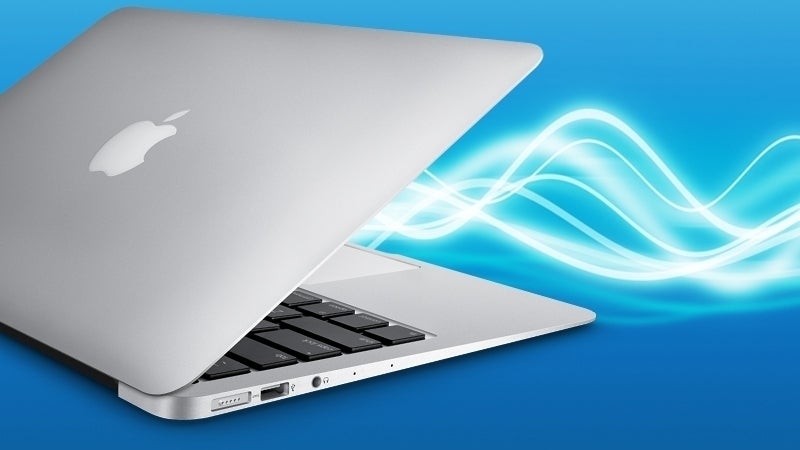In-person, or remote, in borrowed offices, meeting places, or hot hubs, one of the most frequent complaints is usually: “Why isn’t my Wi-Fi working?”
That question is usually followed by a dash to move the router around, check for network interference and all the other standard responses covered in “WFH? Tips for better Wi-Fi network performance.” But there are additional tweaks that might help keep your next WebEx meeting stable.
Change your router password today
First things first: Never, ever, ever, keep using your router’s default password. These are known and shared, and those passcodes are frequently used to access your Wi-Fi networks, sometimes with criminal intent – so change them.
What happens if people can access your hub? They can change settings, create back doors into your networks, monitor what you do — using the default passcode is as big a risk as disabling your Wi-Fi security. Your router manufacturer/provider should offer you instructions to do so, and if you can’t change the code, replace the router.
In addition, Apple warns against using a hidden network, or hiding the network name. Doing so doesn’t truly conceal the network, the company says. As such, it instead recommends you configure it with the correct security settings.
Set security to WPA3
Secure your network. Use WPA3 Personal for better security or WPA2/WPA3 Transitional if you need your network to be support older devices.
To support even older devices, you’ll need to use WPA2 Personal (AES), but this is no longer considered secure, so I’d consider upgrading the devices, particularly if your network carries sensitive data. If your router doesn’t support WPA3, then you should replace that, too.
WPA2/WPA3 Transitional is a mixed mode that lets newer devices use WPA3 Personal while permitting older devices to use WPA2 Personal (AES) to get online. In this mode, traffic from your more recent devices is better protected, but the compromise does leave some potential attack surface.
Finally, when it comes to network optimization, you should avoid using older, deprecated security protocols. That’s not just because they are no longer secure, but because they also reduce network reliability and performance.
In other words, setting your router up with modern security in mind is also the best way to improve your network performance.
Give your bands the same name
Some may be tempted to give the 2.4GHz, 5GHz, and 6GHz frequencies different network names (SSIDs). Apple doesn’t recommend this because it can degrade network performance and make for unreliable connections. Instead, use a unique name for your network and make certain all the routers on your network use the same name for every band/channel they support.
Install all the updates
Apple recommends you set your router to automatically install software and firmware updates as they are made available.
In the current fast-moving security environment, it’s important to keep…
2023-07-04 21:00:03
Source from www.computerworld.com rnrn
